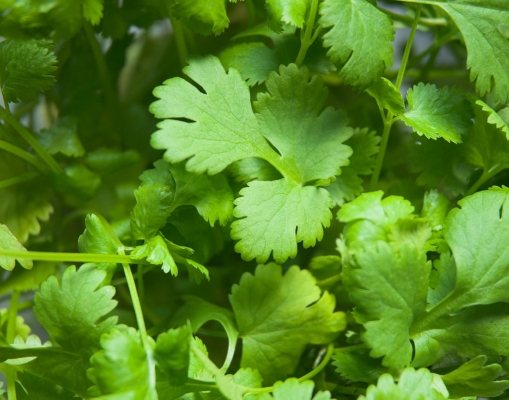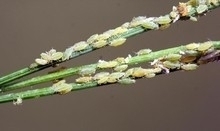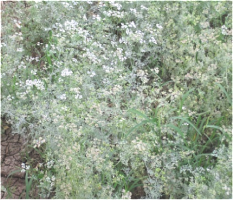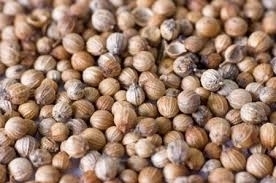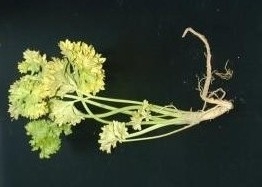General Information
Coriander or Dhania is highly valued spice crop of India. Its seeds and fresh leaves are used for flavouring and garnishing of various dishes. Coriander leaves is excellent source of Vitamin C. It also posses medicinal property, it is used against stomach disorder, seasonal fever, nausea and to cure several skin related disorder. India is largest producer, consumer and exporter of coriander seed. In India, Rajasthan is major coriander producing state followed by Madhy Pradesh, Assam and Gujarat.
Uttar Pradesh coriander production is about 3.33 thousand tonnes with 1% share in total production (2014-15).

